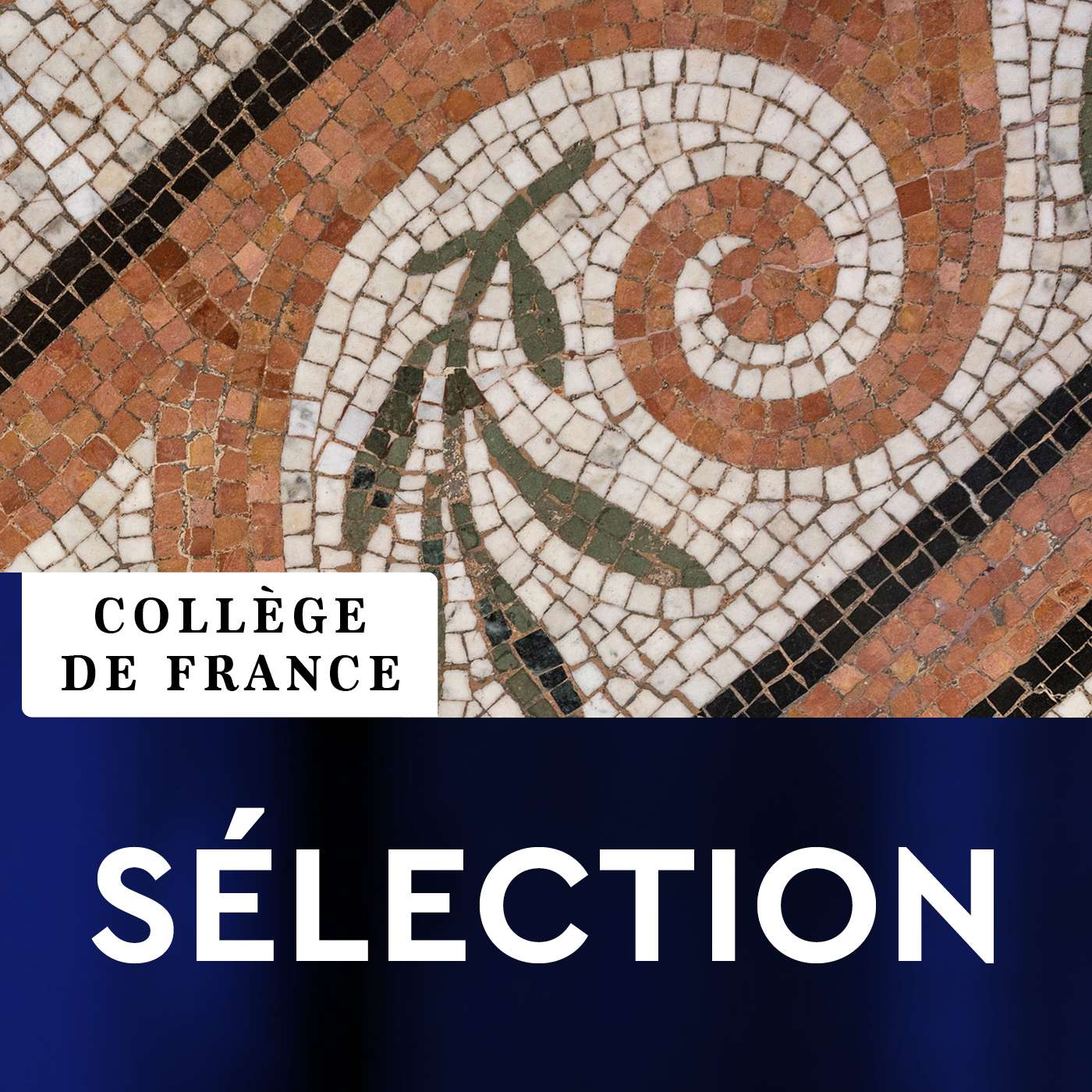Conférence - Mariachiara Gasparini : The So-Called "Sasanian-Sogdian" Textiles and the Longue Durée of the Beaded Roundel
Description
Frantz Grenet
Collège de France
Chaire Histoire et cultures de l'Asie centrale préislamique
Année 2023-2024
Interweaving Eurasian Visual and Material Arts: Beyond Space and Time
Conférence - Mariachiara Gasparini : The So-Called "Sasanian-Sogdian" Textiles and the Longue Durée of the Beaded Roundel
Mariachiara Gasparini
Assistant Professor of Chinese Art and Architectural History, Department of the History of Art and Architecture, College of Design, University of Oregon
Résumé
This lecture discussed the often-labeled Sasanian or Sogdian silk textiles featuring beaded roundels enclosing animals which became very popular across Eurasia for the entire Middle Ages. Although some animals, such as the duck, ram, or flying horse, might be attributed to the Iranians, others began to appear during the first Turkic Khaganate in the 6th century. The Chinese did not wear these textiles but produced them in the western regions where the majority were discovered in the last century. Such textiles were eventually traded to Byzantium, which established its silk production. Erroneously classified as zandanījī by Walter Henning in 1959, those that survive today are mainly datable to the early Islamic period, and strongly influenced Eurasian art and architecture.
More Episodes
Published 11/18/24
Published 11/13/24


